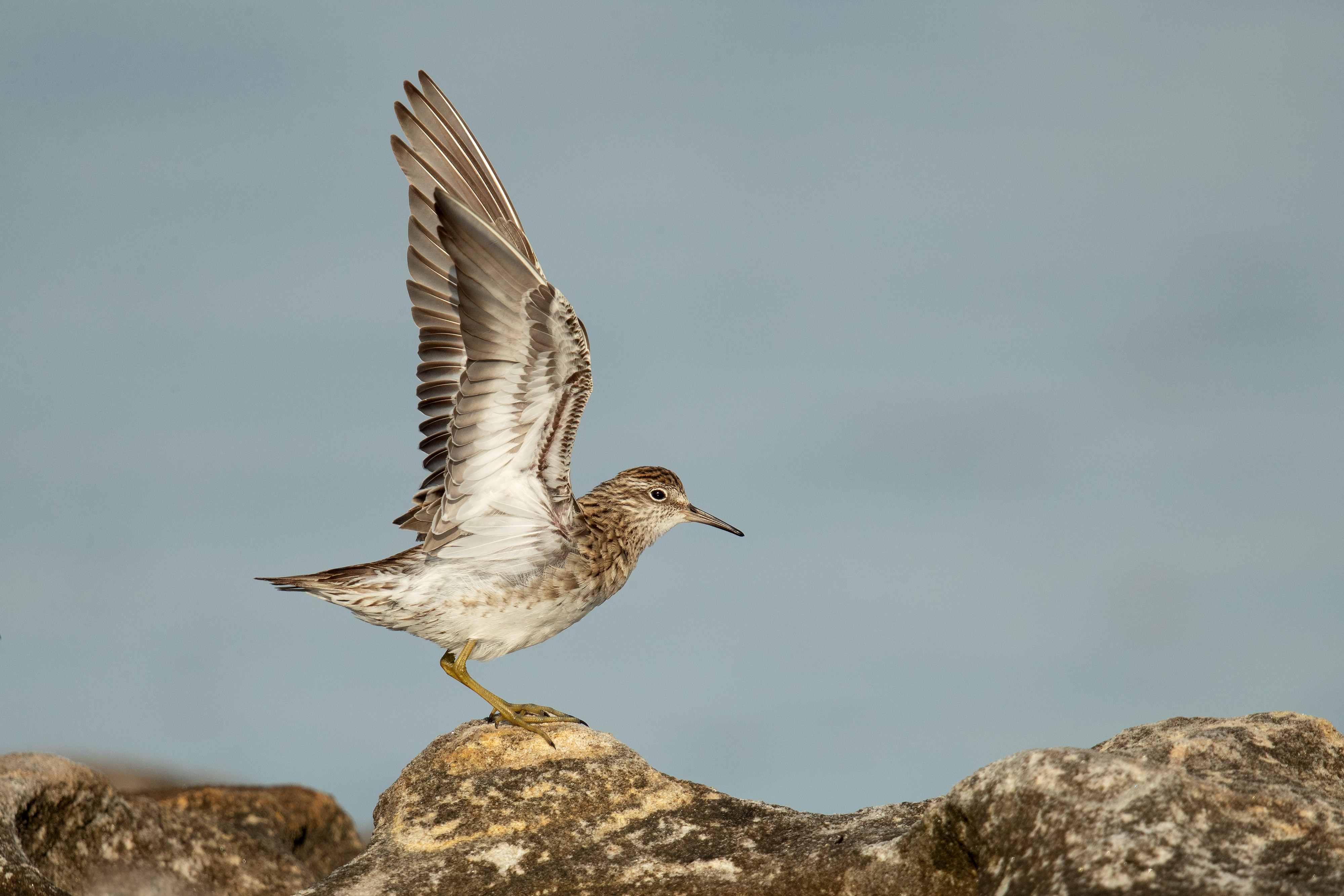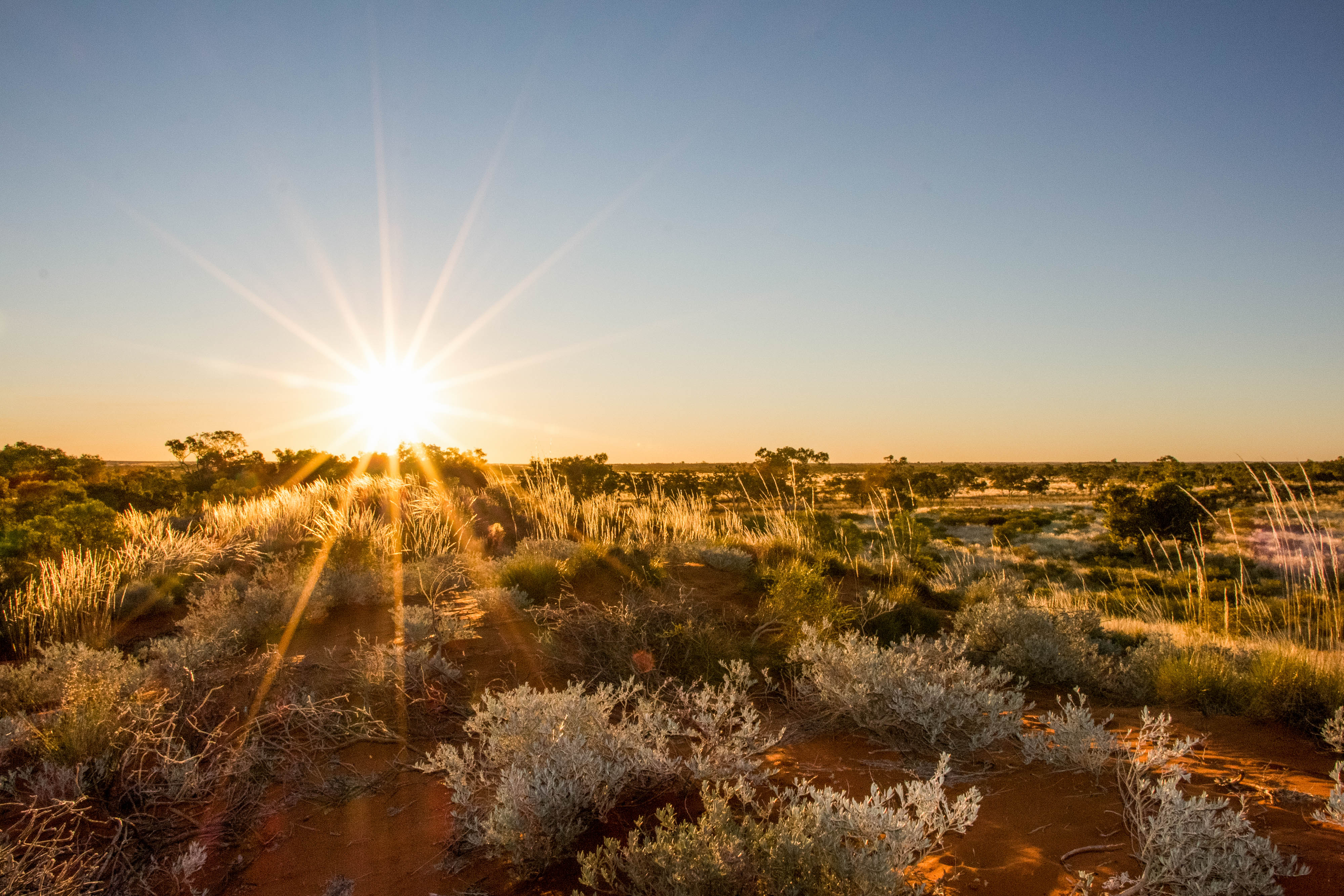Restoring Wetlands to fight Climate Change
Harnessing the powerful carbon capture abilities of coastal wetlands

What is Blue Carbon?
Carbon captured from the atmosphere in trees, plants and soils, is also known as carbon sequestration. It’s a natural climate solution that can help in the battle to fight climate change. Many of us think of rainforests as the earth’s green lungs. They’re seen as the heroes of carbon sequestration due to their ability to remove carbon dioxide from the atmosphere and store it in the dense vegetation and soils. But did you know that marine ecosystems like coastal wetlands are much more successful at storing carbon?
Coastal wetlands which include mangroves forests, saltmarshes and seagrass meadows are one of the most powerful natural climate solutions. They absorb and store carbon at a much greater rate than forests and grasslands. And, if undisturbed, they are the only ecosystem that can continuously store carbon in soil for millennia. This type of carbon sequestration is known as ‘blue carbon’ because it takes place in marine ecosystems.
Why is Blue Carbon important?
Blue carbon has the ‘edge’ over other forms of carbon sequestration because coastal wetlands can accumulate carbon in the plants themselves as well as trapping carbon from the surrounding environment. Both forms of carbon get trapped in the soils with the saltwater which prevents the carbon from being broken down by bacteria. Coastal wetlands work just like a natural ‘carbon filter’. They prevent carbon from washing out to sea and amplify the rate of carbon sequestration.
The benefits aren’t limited to blue carbon capabilities. Mangroves, saltmarshes and seagrasses are mighty in many other ways too. They filter water, provide nursery habitat for juvenile fish and crabs, feeding areas for shorebirds and protect communities and homes from flooding.
Sadly, coastal wetlands around the world are under pressure. They’re often filled in to create more space for urban development and infrastructure, or cleared to make salt and agricultural land. When coastal wetlands are drained or filled for development, their ability to store blue carbon is compromised.
Blue Carbon as a natural climate solution to climate change
Countries all around the world including Australia are working hard to meet the 2015 Paris Climate Agreement of less than 1.5 degrees warming. Much of the financial investment is supporting renewable energy. Yet, we also know that natural climate solutions, like blue carbon, have the potential to contribute up to 30% of the world’s climate mitigation.
Quote
Coastal wetlands can absorb and store carbon at a greater rate than forests.
At the forefront of blue carbon
The Nature Conservancy is at the forefront of blue carbon in Australia. Over the last few years we helped develop the science behind blue carbon through our Mapping Ocean Wealth project. Now, we’re partnering with Smartgroup, a leading national provider of novated car leasing. This partnership expands their carbon offset program through a new blue carbon project in South Australia.
“Smartgroup is one of the first Australian companies to invest in a blue carbon project and their support will allow us to restore a coastal wetland to become an effective carbon sink,” Stella Kondylas, Blue Carbon Coordinator.
The potential of the Adelaide Coastal Wetlands Restoration Project is extraordinary. The restoration of a typical 250 ha of coastal wetland means that, by 2100, approximately 20,000 tons of CO2 emissions will be removed from the atmosphere, making it an incredible opportunity to tackle climate change.
Blue carbon project benefits shorebirds







How we’re capturing blue carbon in South Australia
We’re working with coastal ecologists to select a site that will have the biggest impact for the local environment, carbon capture and storage.
The site will adjoin the Adelaide International Bird Sanctuary National Park - Winaityinaityi Pangkara. It’s a critically important habitat for many Australian and migratory birds.
The bird sanctuary is home to over 15,000 shorebirds for up to six months each year. They fly in from breeding grounds in China, Siberia and East Asia. By expanding the habitat available to these birds, the project will strengthen global conservation efforts along one of the world’s three great migratory bird flight paths.
Over the next two years, restoration activities to capture blue carbon will involve removing man-made barriers such as roads or bund walls. This will allow the natural flow of tidal water back into previously dry areas. It will create the environment for the assisted regeneration of saltmarsh and mangrove vegetation.
The biodiversity and associated carbon gains will be monitored over the project period to demonstrate that wetland restoration has win-win outcomes for people and nature.




